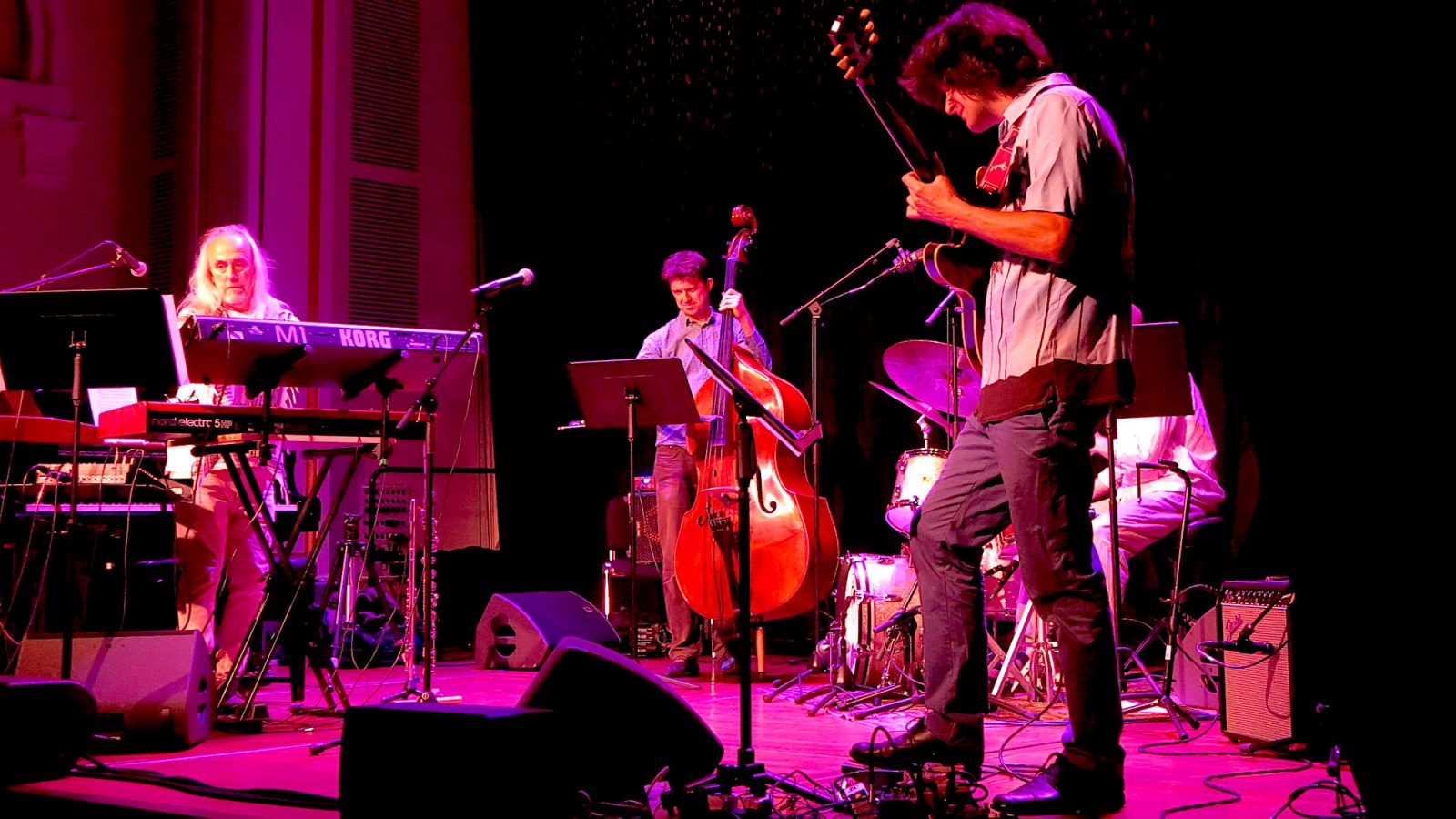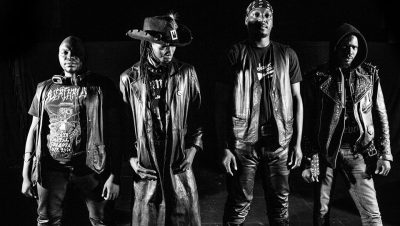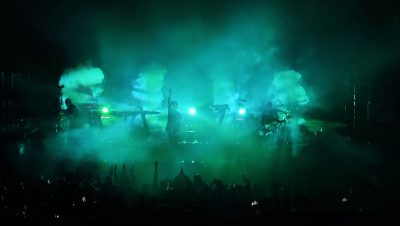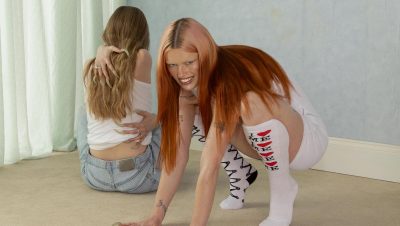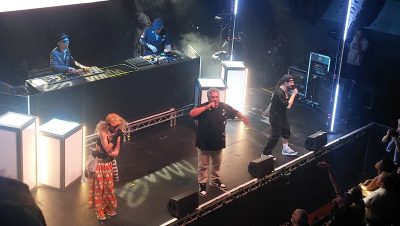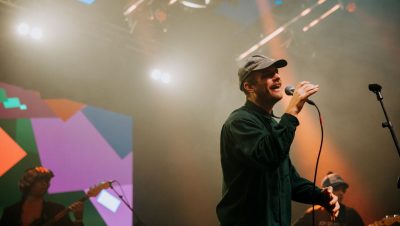Music / Reviews
Review: Eddie Parker’s Airborn, The Lantern – it was a game of three halves
It’s around forty years since the youthful Loose Tubes collective burst onto the 80s UK jazz scene. That mighty big band’s combination of originality, humour and great musicianship launched the career of everyone involved, including flautist Eddie Parker. Eddie went on to a range of projects, notably collaborating with South African musicians including the pianist Bheki Mseleku. By the Millennium he’d made the move to academia, reappearing in 2014 with supergroup Mister Vertigo and, later, his distinctive classical-meets-jazz project The Debussy Mirrored Ensemble. The Airborn quartet emerged post-Covid as a band with a full suite of specially composed music.
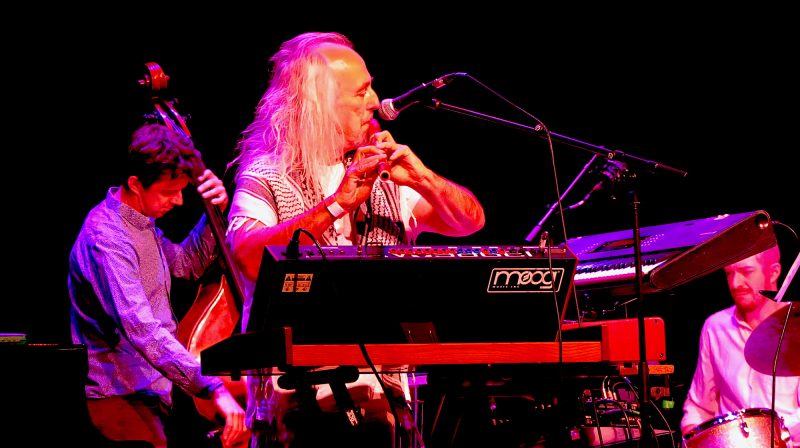
Eddie Parker’s Airborn (pic: Tony Benjamin)
They opened with the ethereal soundwash of Airborn Prelude, Eddie playing a wooden flute over Dave Manington’s bowed bass and Jay Davis’ brushed cymbals with guitarist Rob Luft sweeping sustained chords into the mix. It was an Amazonian ambient moment that segued into a brisk waltz with Eddie’s fairground organ keyboards setting things up for Rob’s first burst of virtuosity. Over the last few years he has become UK jazz’s guitarist-du-jour and there is no doubt that his spectacular technical ability is a key ingredient in the quartet sound. The number then dissolved into a gentle haze of electronics.

Eddie Parker’s Airborn – Eddie Parker, Rob Luft (pic: Tony Benjamin)
It was the start of a game of three halves: the Airborn Suite was threaded through the evening, interspersed with other things, some good, some less successful. The Suite itself held some nice moments, notably Airborn 5, appropriately a 5-time, two chord jam in the (acknowledged) style of Herbie Hancock’s Headhunters, the drums and bass holding a tireless groove, the guitar freed up to explore less flamboyant excursions. The sparse and staggered Interlude 2 was a clever piece that gave drummer Jay the chance to muck about with the rhythm before launching into an impressively demonstrative solo.
is needed now More than ever
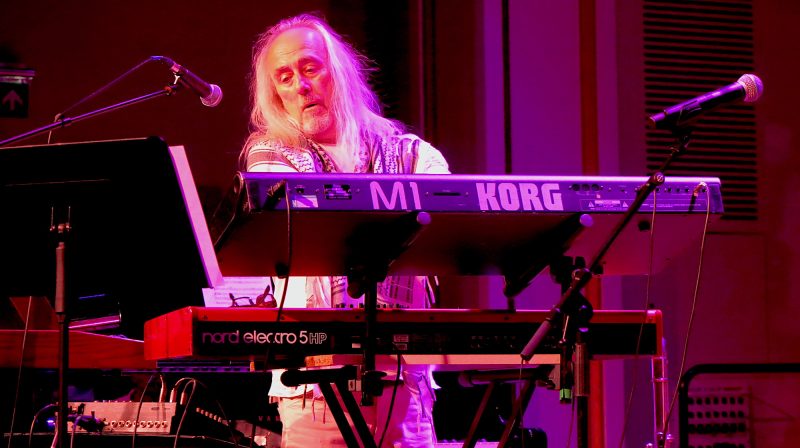
Eddie Parker’s Airborn – Eddie Parker (pic: Tony Benjamin)
Interlude 2, however, was intended to illustrate 12-tone music, a subject that brought out Eddie’s musical academic side to the extent of two rather long mini-lectures of musical theory, complete with slightly underprepared fragments of Schoenberg, Webern and Berg on the grand piano. It was clear he was on a mission to demystify a much-maligned idea but whether it was the time and place was open to question.
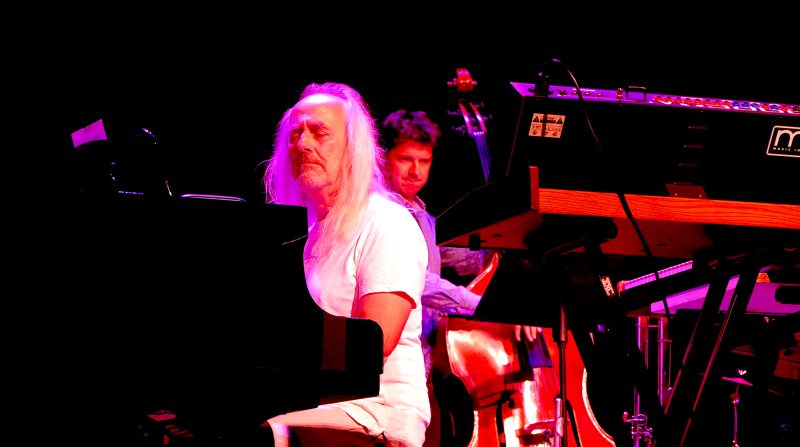
Eddie Parker’s Airborn – Eddie Parker, Dave Manington (pic: Tony Benjamin)
But the third half (yes, I know) was probably the most successful, being the other music Eddie had composed for the band. His lyrical piano introduction to To Plant A Tree inspired the guitarist to follow suit, making for a beautifully balanced and expressive piece. An unnamed second set tune (Airborn 4?) began with an Indian vibe, electronic drone under solo flute before a steady tumbril tom-tom beat set off a floating Albatross-meets-Autobahn guitar solo. Old school fusion excursion Rock Latin finished the first set with great collective energy and a hint of Santana while the final number – Okie Kayoke – was a fast and breezy tribute to trumpeter Kenny Wheeler that gave Rob the chance to unload as many notes as physically possible before the end.
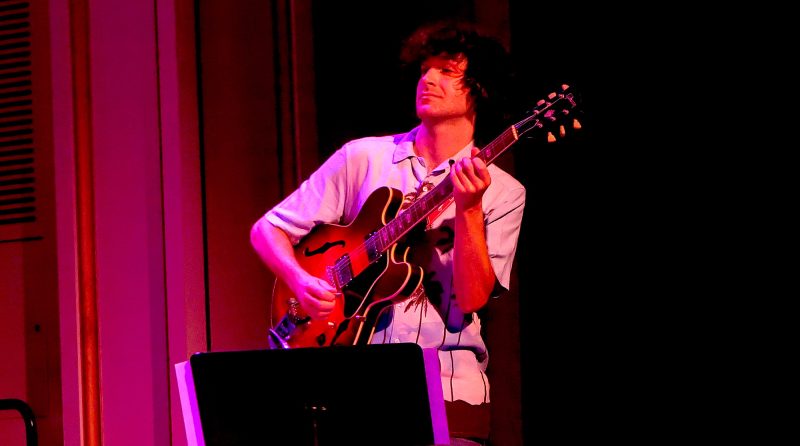
Eddie Parker’s Airborn – Rob Luft (pic: Tony Benjamin)
Whether anyone left with a burning desire to look further into mid-20th century German classical music is doubtful, however there was no doubting both Eddie Parker’s maverick capacity for surprise and Rob Luft’s remarkable abilities with the electric guitar
 Our newsletters emailed directly to you
Our newsletters emailed directly to you